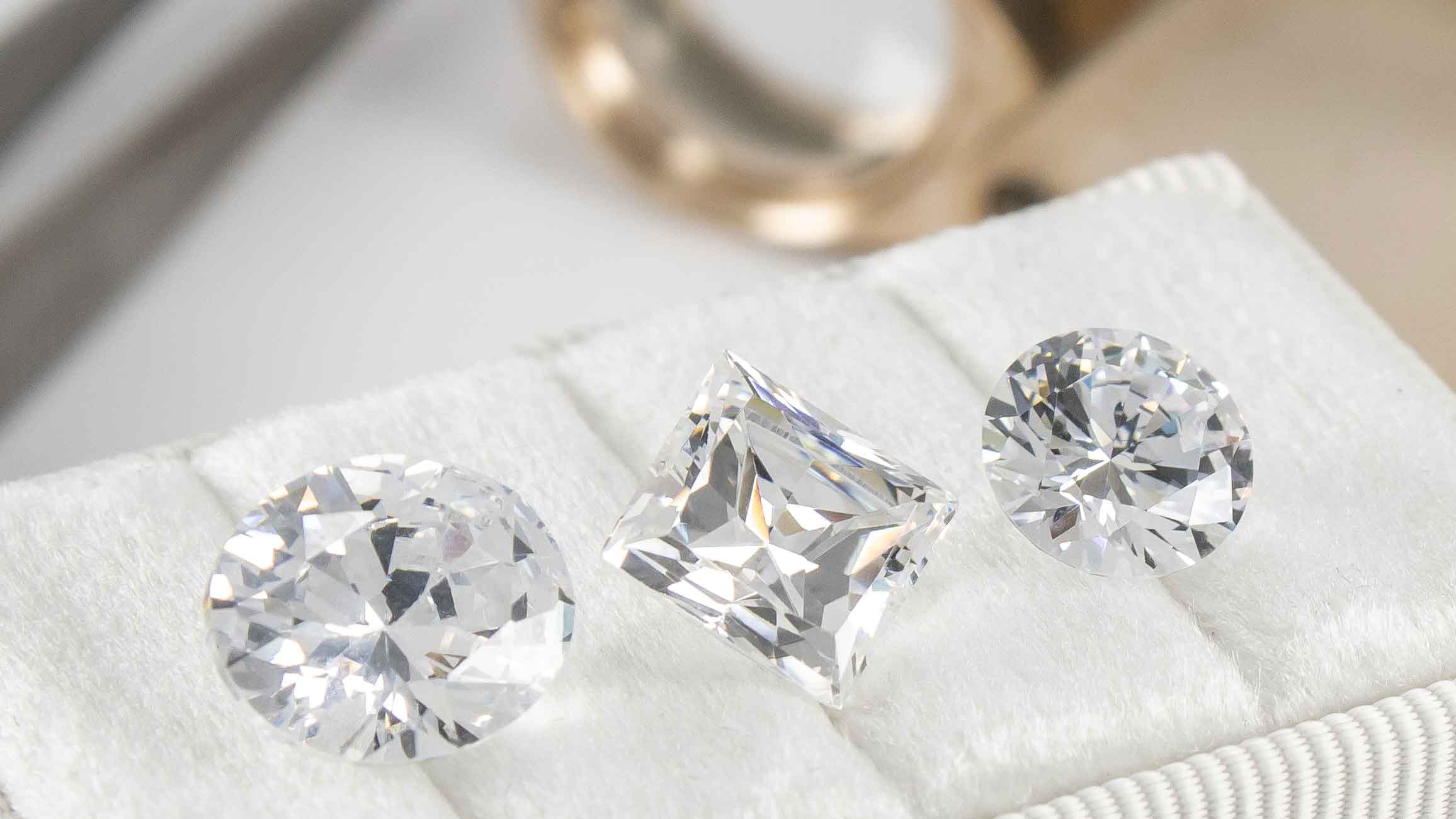What is Diamond Clarity?
About Diamond Clarity
We must first understand how diamonds are created in order to understand their clarity. As carbon is exposed to tremendous heat and pressure deep in the earth, natural diamonds are formed. Diamonds created in a lab occur in a vacuum chamber filled with hydrogen and methane. These gases are activated by energy sources—typically a microwave. As a result of this process, there can be a variety of internal characteristics called "inclusions," and external characteristics called "blemishes."
Small crystals can become trapped in a diamond when it’s forming. Sometimes as a crystal grows, it can develop irregularities in its atomic structure. The size, position and visibility of inclusions can have a significant impact on diamond clarity.













